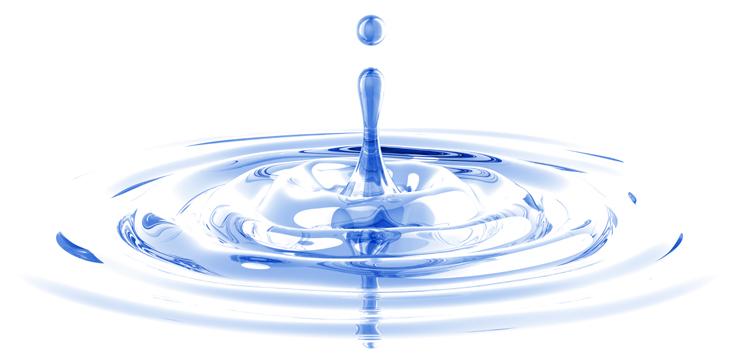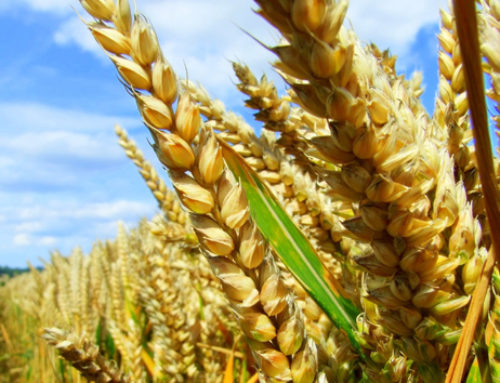Reprinted from humantouchofchemistry.com/
Do you know what’s common to boiling water, artificial rain and the Mentos-Diet Coke reaction? It’s nucleation! Let’s see what that means.
So what is nucleation?
How does rain happen in nature? As wind passes over the sea, it collects evaporating water as very, very tiny drops. As the wind rises high in the air, temperatures become very cold, causing some of these drops to merge. This bigger drop attracts more drops of water, and so on and on. This process is called nucleation.
When the water drops become about 0.1 mm thick, they cannot float in the air anymore. They then fall to the ground as rain.
Artificial rain
Sometimes it does not get cold enough in the cloud for nucleation to occur. But if we want the cloud to rain, we have to create places where nucleation can occur. This is done by a method called cloud seeding.
Tiny particles of silver iodide are sprayed on a cloud from an aeroplane. Sometimes, solid carbon dioxide (called dry ice) is used, as it is cheaper. The particles attract water drops from the cloud. When they form a drop that is large enough, it starts raining. You can read more about cloud seeding here.


